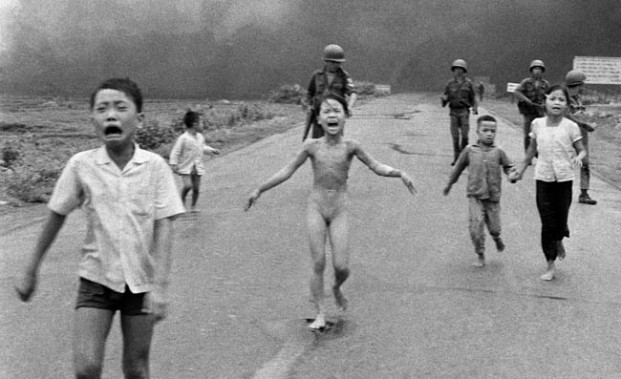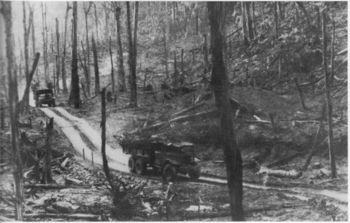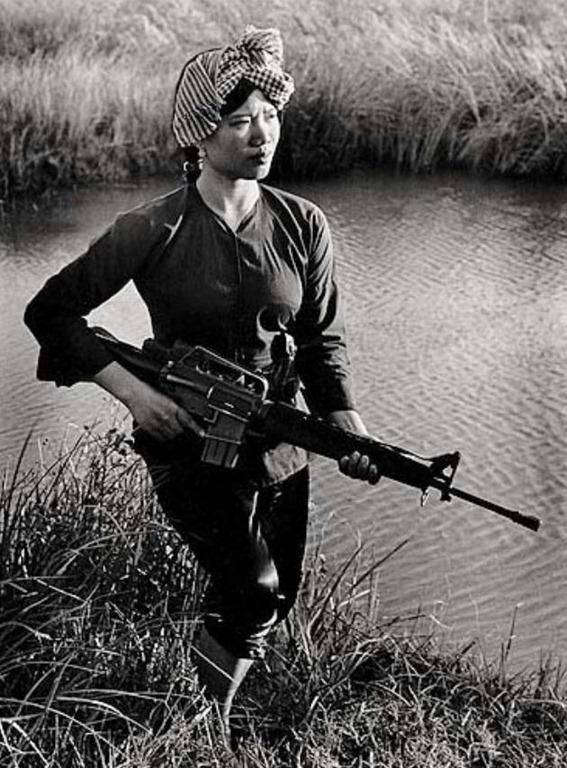What was it like in Vietnam after the war?
After the war, Vietnam was a country in ruins
whereby physical infrastructure on both sides of the North and South and a new
communist government was empowered. They sent many people who supported the old
government in the South to ‘re-education camps’, and ‘new economic zones’
(displacement). Roughly 1 million people were imprisoned with no formal charges
or trials. 165,000 died in the Socialist Republic of Vietnam’s re-education
camp and thousands were abused or tortured. It was a very costly war. It did
not only affect those in battles but also left behind long term effects on
people everywhere in the world. Over 58,000 soldiers died and many more were
wounded. The combination of America’s massive military might and the tactics
ensured that the civilian population suffered appalling loses. During the war,
America dropped 8 million ton of bombs between 1965 and 1973. The use of Agent
Orange destroyed 1,034,300 hectares of forest. In the South the largely poor
population suffered from military activities of both sides. There was also the
real possibility of having to deal with unexploded bombs that had fallen in the
working areas but had not exploded. ‘Agent Orange’ left its mark on the
environment and had a serious human impact as it caused widespread health
problems that persisted for decades.
“War
reduces the humanity in us, and it is even worse when you are fighting against
your own countrymen because they see things a little differently than you do.
Back then I was an angry young man and truly believed that these people I was
fighting against were not like me, they were evil.” Van- He was a young man
fighting for the U.S, defending the Viet Cong.
 |
| This is the result of Viet Cong terrorists exploded a bomb in the garage area underneath the Brinks Hotel in Saigon, South Vietnam. |
Migration
Many South Vietnamese attempted to escape the country. This was all because
of the poor living conditions presented in the country. Even if the attempts
were not successful, there were still attempts to escape. In today society, the
Vietnamese community of many countries such as America and Australians are
refugees.
Following the Vietnam War, two million people
sought to escape South Vietnam after the communist victory. Often being in small,
overcrowded boats they sailed to the South China Sea and other countries. Some
made it as far as northern Australia while others spent years in refugee camps
before ultimately being admitted to third countries. On the open seas, the boat
people had to face storms, diseases, starvation and escaping pirates.
 |
Many Vietnamese people squeezed tightly on a small boat in hope of seeking a better life
“The Australian Vietnamese Women’s Association
gives me help with shopping and home help and they also take me to the temple
on the weekend. It wasn’t too difficult to settle in Melbourne because I had a
lot of friends.
When I first came to Australia I studied English
studying but didn’t use it often, so I can just say things like hello or give
greetings. I don’t think I’ve been disadvantaged because of the language. I
think I’m doing ok. “-interview with
Canh Nguyen by Adrian Lowe
|













